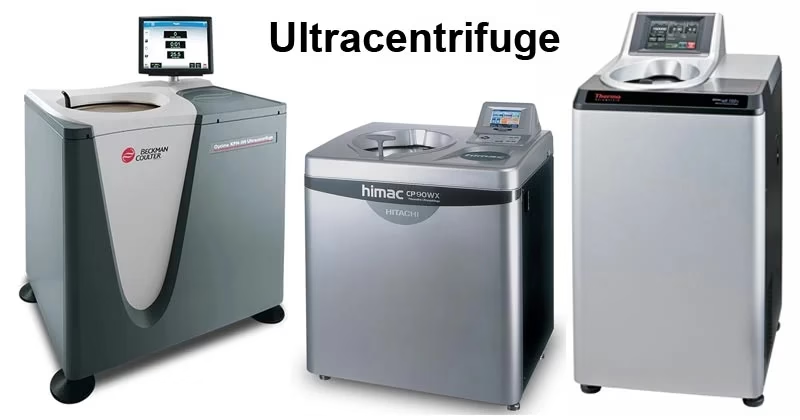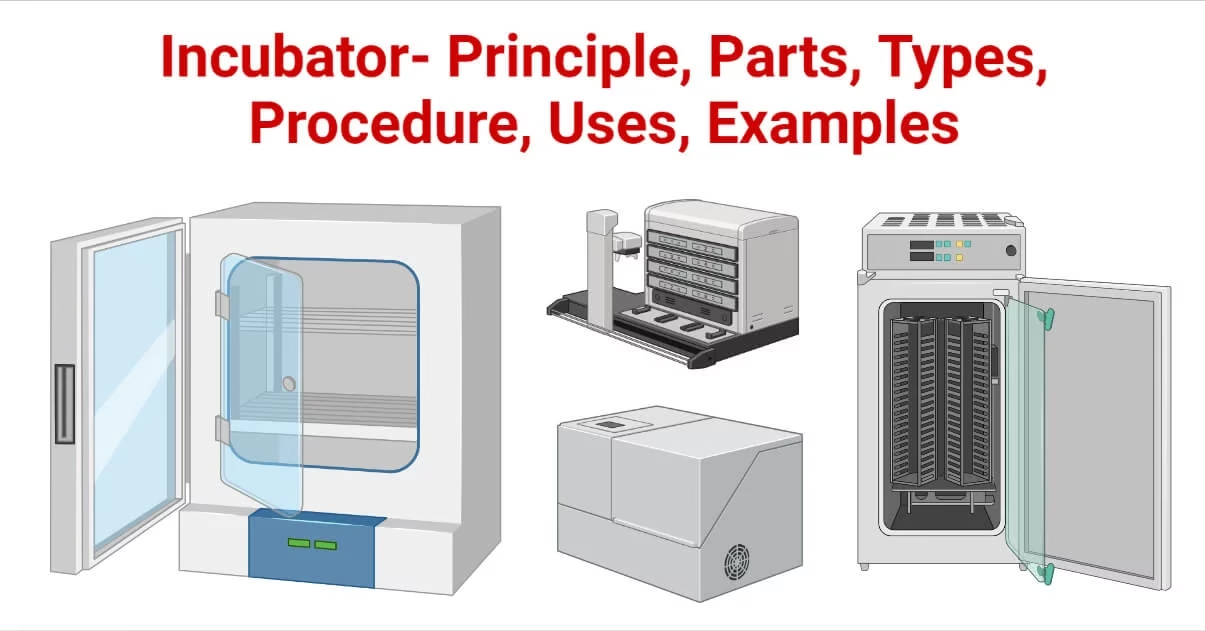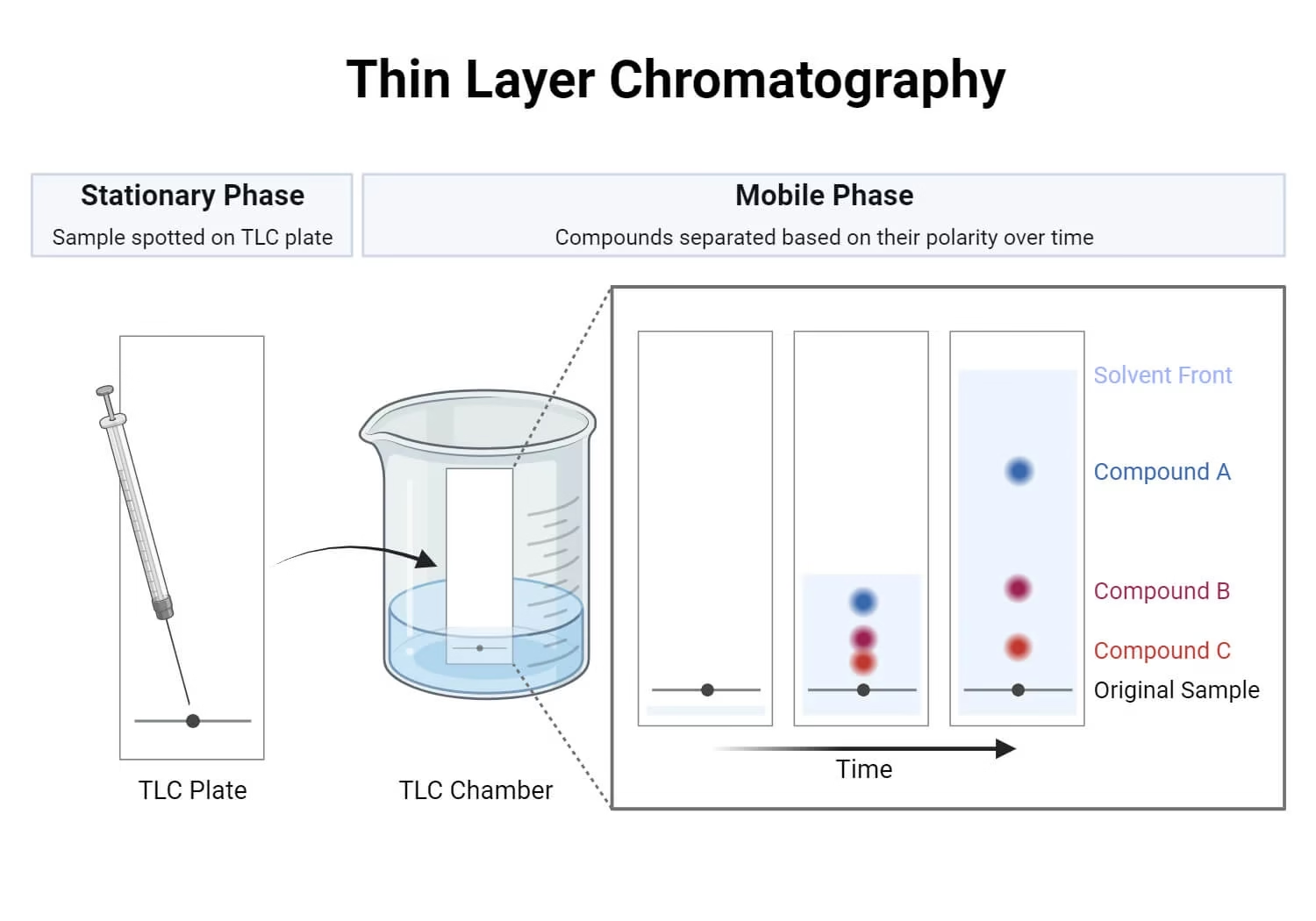Ultracentrifuge – Principle, Types, Parts, Working Procedure, Applications, Advantages & Precautions
An ultracentrifuge is a highly advanced centrifuge that operates at extremely high speeds (60,000–150,000 rpm). It is used to separate very small biological and chemical molecules that cannot be separated by regular centrifuges.









